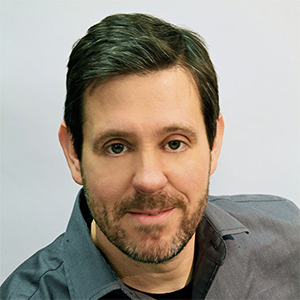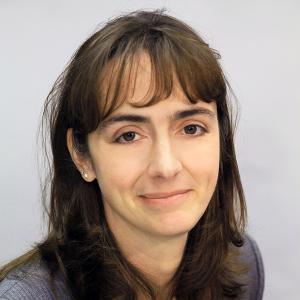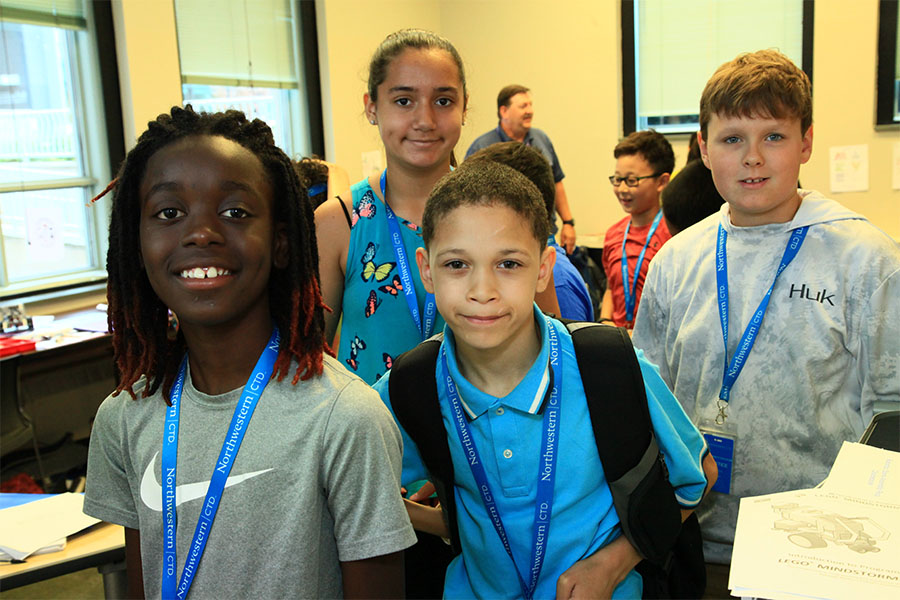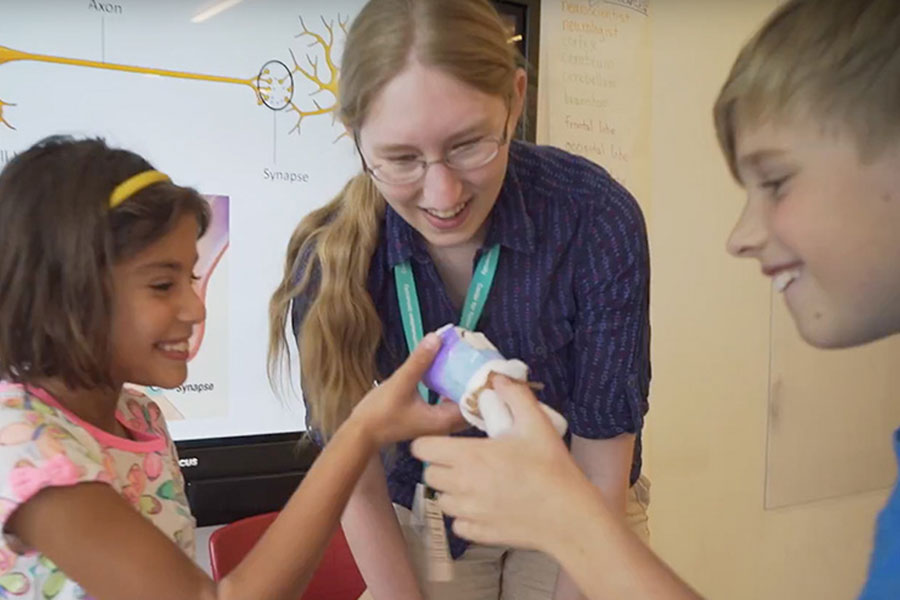CTD Helps Districts, States Meet All Students Where They Are
By Ed Finkel
The federal No Child Left Behind Act passed in 2002 placed a heavy emphasis on making sure all students were reaching grade-level proficiency in math and reading but had little to say about the importance of ensuring that students who had already reached the proficiency bar continued to progress. The Every Student Succeeds Act, passed in 2015, shifted the conversation beyond proficiency, providing opportunities and incentives to think about advanced learning and growth to better ensure that all students benefit from their time in school.
If schools and districts are going to meet the full range of students’ learning needs, and see measurable growth for all students, they need a framework for doing so, and this is where leveraging current knowledge and talent development approaches is helpful. The Multi-Tiered System of Supports (MTSS) framework which many districts have adopted was originally conceived to guide schools and teachers to provide instruction matched to students’ needs, though largely it has been applied to interventions for students working toward grade-level benchmarks. However, the approach also can be used for students who need services beyond grade level. In fact, many state departments of education have adopted this approach.
Similar to the talent development approach, MTSS weaves together academic, behavioral, and social and emotional supports, with curriculum and instructional methods based on assessed needs, the use of positive (not punitive) behavioral interventions, joint problem-solving strategies between the school and families, and teacher professional development geared toward meeting these goals.
The three tiers that typically comprise MTSS build on one another, ideally resulting in a continuum of services that are responsive and focused on growth.
 This continuum of services for advanced learning expands most districts’ MTSS framework. CTD’s goal is to “guide schools in developing stronger support structures and more opportunities for advanced learners, to be able to grow and get that support,” says CTD associate director Eric Calvert. “This model also elevates the importance of equity and access, and addresses issues of inequity and underrepresentation that … have often resulted from more traditional [gifted education] models.”
This continuum of services for advanced learning expands most districts’ MTSS framework. CTD’s goal is to “guide schools in developing stronger support structures and more opportunities for advanced learners, to be able to grow and get that support,” says CTD associate director Eric Calvert. “This model also elevates the importance of equity and access, and addresses issues of inequity and underrepresentation that … have often resulted from more traditional [gifted education] models.”
Calvert, CTD director Susan Corwith, and CTD assessment coordinator, Melissa Hinshaw are working through CTD’s School Services division with leaders in local contexts on ways to develop a comprehensive continuum of services to effectively and efficiently cover the entire range of learning needs, starting with ensuring that all students have opportunities to explore their strengths.
In many current MTSS applications, “there’s not much explicitly there about supporting advanced learners, or more rapid learners, and so we’re trying to help them complete that picture,” Calvert says. “We’re starting to work with schools to help them review both what they currently offer, and also what opportunities and resources they have within their communities to expand that.”
Calvert describes the initial phase as a facilitated, project-based learning experience in which schools learn about the pedagogy of talent development and best practices therein. “So they can understand, what’s the ideal? What’s the goal to work toward?” he says. “And then support them in thinking through all the practical, logistical issues, like, ‘How do you budget that? How do you schedule it? What structures help teachers acquire the skills they need?’”
In one upcoming project, CTD will be working with a cohort of about a dozen districts to develop model implementations of a comprehensive curriculum, differing somewhat based on district size and demographics. Smaller districts with fewer resources, for example, might need to be more strategic in how they “translate the theory, and national best practices, into sustainable, equitable, local models that they can actually build, run, sustain and improve upon over time,” Calvert says.
 That approach mirrors what CTD has been doing in individual schools and school districts, where administrators and teachers have found the MTSS framework to be a fairly intuitive extension of what they’ve already been doing, Corwith says. “We can easily help them visualize how that will work for their schools and districts, and, at the same time, then layer in best practices for identification of students for those services,” she says. “It’s another tool to help us back away from the more traditional model that says, ‘If you get this test score, then you’re gifted, and receive this one-size-fits-all service.’”
That approach mirrors what CTD has been doing in individual schools and school districts, where administrators and teachers have found the MTSS framework to be a fairly intuitive extension of what they’ve already been doing, Corwith says. “We can easily help them visualize how that will work for their schools and districts, and, at the same time, then layer in best practices for identification of students for those services,” she says. “It’s another tool to help us back away from the more traditional model that says, ‘If you get this test score, then you’re gifted, and receive this one-size-fits-all service.’”
Another driver of interest in MTSS for advanced learning comes when educators and administrators realize that programs designed primarily as “pull-outs” undermine a sense of school-wide responsibility to recognize and support potential and address, in an ongoing way, advanced learning needs.
If a student “leaves the classroom every Thursday afternoon for an hour and a half, educators in the regular classroom often assume that those advanced learning needs are going to get taken care of when the child goes in that other classroom, especially if they are not well-informed about what students get there and why,” Calvert says. “But often, students are identified for those programs on a one-size-fits-all basis, and we miss the opportunity to cultivate potential and provide systematic and continuous support.” Providing more comprehensive services with many different levels, some designed to be delivered in the core classroom, creates a shared sense of responsibility and buy-in.
“National research that actually looks at the effectiveness of different program models, in terms of impacting social, emotional and academic growth, has demonstrated that the one- or two-hour-per-week enrichment-type pullout programs can have some benefit for students, in terms of feeling like they belong at school,” he says. “But there’s often little to no measurable impact on providing additional academic growth.”
For that reason, he adds, “It doesn’t even make sense to focus on achieving equity goals by getting more students access to that kind of program, if that kind of program isn’t going to help them go to that next level of development or achievement.” This is why current research is focused on comprehensive services and services more targeted to students’ individual needs and strengths.
While differences exist between MTSS and gifted education, which need to be considered and addressed, plenty of parallels exist, Corwith says. “Much like we would in talent development, we want to focus on strengths and opportunities. We’re going to find those connections and build on them,” she says. “And where there are differences—in terms of the goal of interventions, growth trajectories, or the role of acceleration—it doesn’t mean we have to create separate systems or do everything differently for advanced learners.
“If we can leverage what our educators and administrators already understand and implement to promote growth and learning, or give them a few additional pieces of information and tools, we’re going to have greater success,” she adds. “And that’s what we’re starting to see in some of these states and some of these districts.”
Calvert and Corwith will be doing a panel presentation on the topic at the National Association for Gifted Children conference in November along with leaders from states and districts that have implemented MTSS models. They will discuss “strengths, advantages, challenges and lessons learned with implementing that model, so that other schools and other states that are either in the process of developing an MTSS base model, or are considering doing so, can benefit from the lessons learned,” Calvert says.
“That’s why Eric and I were really interested in this panel,” Corwith adds, “to have people who are in the states, actively working in school districts, taking this approach and gathering the data on it, give us a picture of how we can continue to educate and support others, and how we can do better research on the impact of this framework.”

